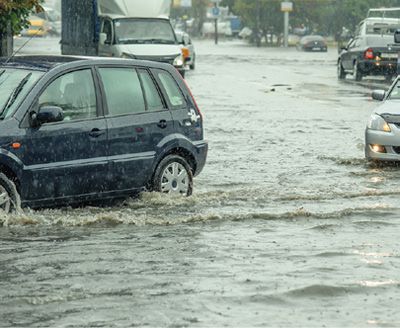Disaster Preparation
The recent natural disasters have challenged residents in affected areas to plan more thoroughly for events
By Anne Guignon, RDH, MPH, CSP,
For the past two decades, my work has involved a lot of travel for presenting continuing education programs, attending dental and dental hygiene conferences, and spending time with students at colleges and universities all over North America. It’s a thrill to see how people come together to create communities and work together. It is also interesting to see the regional differences that often reflect the physical landscape of the area.
On August 31, I flew to Wichita, Kansas. My hotel room faced west, overlooking the Arkansas River. The water was so still it looked like glass. Dozens of people in kayaks and paddleboards leisurely glided past the colorful artwork floating in the middle of the waterway. The sculpture is a huge strand of DNA depicting the vital interaction of human genetic material and water. The Wichita Wingnuts baseball team was playing in the brightly lit stadium on the other side of the river. The sound of the Star-Spangled Banner filled the air. As darkness fell, the Labor Day weekend celebrations commenced with a huge firework display on the river’s edge that punctuated the night sky. It was a quintessential portrait of Midwestern America.

While this Norman Rockwell moment was soothing, my mind and heart were totally pre-occupied with the damage Hurricane Harvey was creating for my friends, colleagues, and neighbors in Texas and Louisiana. Two high-pressure cells kept Harvey parked over a large portion of southeast Texas. The Houston area averages 50 inches of rain a year. Many parts of Houston got 50 inches in three days.
